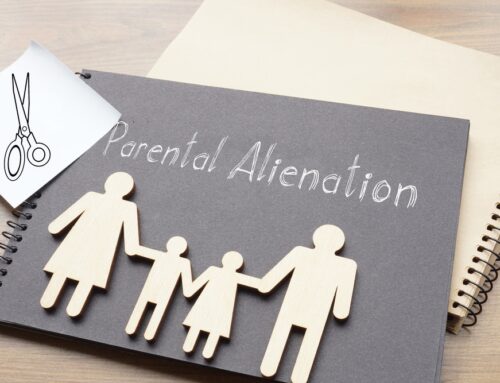The UK has three legal systems (one for England and Wales, a second for Northern Ireland, and, finally, one for Scotland). Each jurisdiction is governed by different laws.
As Beeston Shenton Solicitors are based in England, we are going to use this blog to talk about Divorce Procedure in England and Wales; rather than Scotland or Northern Ireland. However Northern Ireland’s Divorce Procedure is virtually identical to England’s.
Divorce Procedures in England and Wales
The divorce procedure in England and Wales has three main stages:
1. The Service of the Divorce Petition
2. Obtaining a Decree Nisi
3. Getting a Decree Absolute.
Step 1: Service of the Divorce Petition
One spouse (referred to as the ‘petitioner’) must file a petition asking the court to grant a divorce – Note: A couple cannot ask for a divorce together, even if they both want it.
After the court receives the divorce petition, they send a copy to the other spouse (referred to ‘the respondent’) and any co-respondent named in the divorce petition (e.g. a person who had an affair with the respondent). This is known as ‘serving the petition’.
The respondent has eight days to acknowledge the receipt of the petition. If they don’t do this, the court will contact the petitioner and ask for more details and, if necessary, arrange for a court official – (known as a bailiff) – to serve the petition in person.
What happens next depends on whether or not the respondent contests the divorce or agrees to it. The parties will need to agree a deal regarding ownership of money and property, plus arrangements for children (if any).
Beeston Shenton Solicitors can help to negotiate an agreement that is fair for both parties.
Step 2: Obtaining a Decree Nisi
The next stage in the divorce is the ‘Decree Nisi.’ This is granted only when a judge has reviewed all of the divorce papers and is satisfied that there are proper grounds for a divorce.
The judge will also check that all financial issues and arrangements for the children have been agreed or are in the process of being resolved. The parties may be required to attend court, but this is unlikely, as many divorces happen entirely by post.
Step 3: Receiving a Decree Absolute
The divorce procedure in England and Wales ends with ‘The Decree Absolute.’ The petitioner can obtain this six weeks and one day (43 days) after The Decree Nisi has been obtained. If the petitioner does not apply for the Decree Absolute, the respondent can apply for it, but only after a further three months has passed. Once the Decree Absolute is issued, the parties are no longer married and are legally free to re-marry.
The court will only grant the Decree Absolute if they deem that all arrangements for the children are satisfactory. The court can also make a final financial order before the Decree Absolute is granted, but the order will only come into force after the decree has been made absolute.
If you would like to find out more about ways Beeston Shenton Solicitors can help you or a friend to obtain a divorce, or find out more about the divorce procedure please contact our Family Law Solicitors today on 01270 750 057 or email us.




